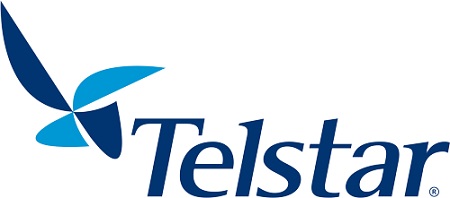This article analyzes the hydrogen peroxide deactivation kinetics of representative bioburden in the pharmaceutical, healthcare and food industries, as well as the role of microbial and process variables, such as, type of microorganism (Geobacillus stearothermophilus or Bacillus atrophaeus), temperature, or particle distribution impact over the deactivation process. In addition, the effect of the use of an atomized hydrogen peroxide technology for surface decontamination against the two spore formers microorganisms is also explored.
By Ignacio Cantera, PhD, R&D Pharma Manager at Telstar
Full link:

The research team observed changes in head circumf...
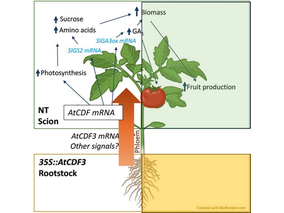
AtCDF3 gene induced greater production of sugars a...
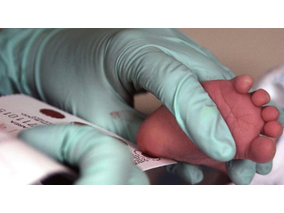
Un estudio con datos de los últimos 35 años, ind...
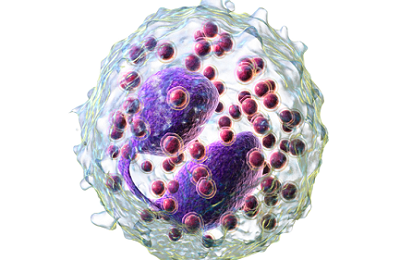
En nuestro post hablamos sobre este interesante tipo de célula del...
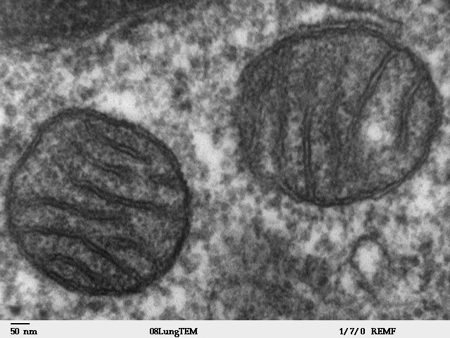
Research led by IIBB-CSIC and CIBEREHD scientists identifies S-adenosy...
Biotechnology portal in Spain
Subscribe to our newsletter and stay up to date with the latest news and deals!
2013 © Biotech-Spain.com - Site Developments SL. All Rights Reserved. Terms of Service | Privacy Policy
Articles
Directory
